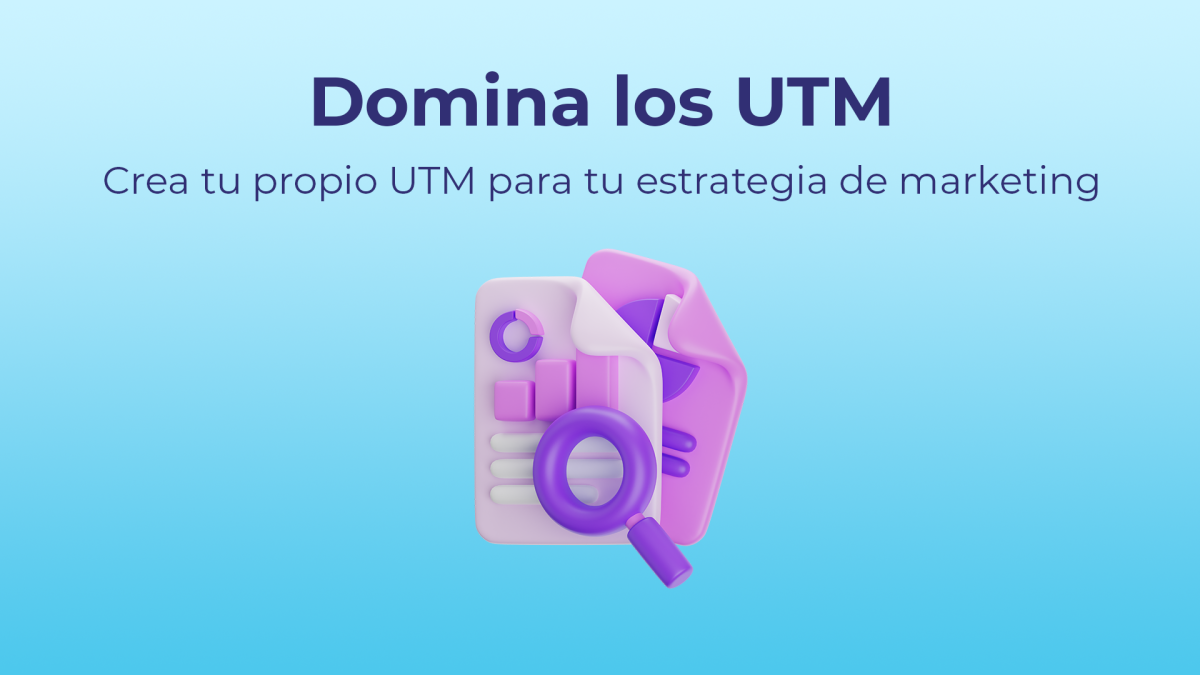The Complete Guide to Lead Nurturing
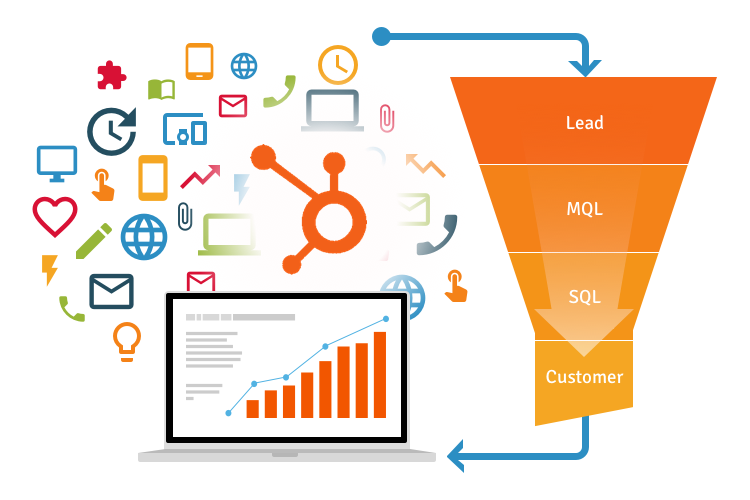
If you’re in the digital marketing world or simply looking for a way to boost sales for your business, you’ll have visited hundreds of websites where you’ve probably read about different strategies to achieve it.
Today I have the pleasure of presenting you with a super complete guide to Lead Nurturing in 2021. If you still don't know what lead nurturing is, get to learn more about in this beautiful post!
WHAT IS LEAD NURTURING
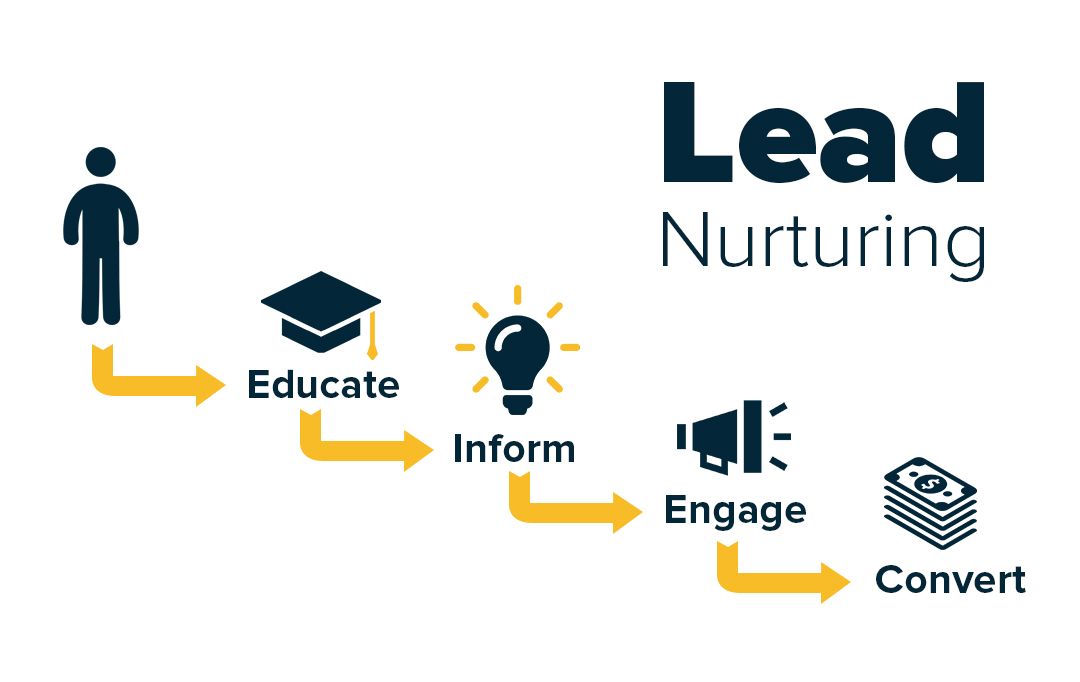
Let's imagine a person who wants to hire a web development service. This person finds a company that offers this type of service and leaves a lead (contact), but hasn’t yet decided to purchase the service.
What we achieve with a lead nurturing strategy is to pave the way for the person who has left the lead to become a customer when they finally decide to purchase the web development service.
In other words, with this strategy, we’ll accompany the lead during the time they’re deciding, providing them with relevant information about the brand that allows us to be in their mind, trying to get them to make the purchase.
HOW TO IMPLEMENT A LEAD NURTURING STRATEGY CORRECTLY
In order to carry out a lead nurturing strategy correctly, it’s necessary to be clear about the situation in which the potential customer is in the purchasing process.
Once we’ve determined their situation, we must accompany them through this process until they convert. To do this, we must be clear about how the sales funnel works and what its phases are.
It’s very important to know in which phase the leads are in order to attack their needs in one way or another! Below, we briefly describe the different phases of the sales funnel.
STAGES OF THE SALES FUNNEL
The sales funnel is a planning in which the company determines the procedure to follow during the different stages that the customer has during the buying process, accompanying him throughout the process hand in hand to achieve the ultimate goal: conversion.
In this way, the company contacts customers who may have left a lead to try to convert that lead into a sale. Let’s take a look at the different stages of the sales funnel.
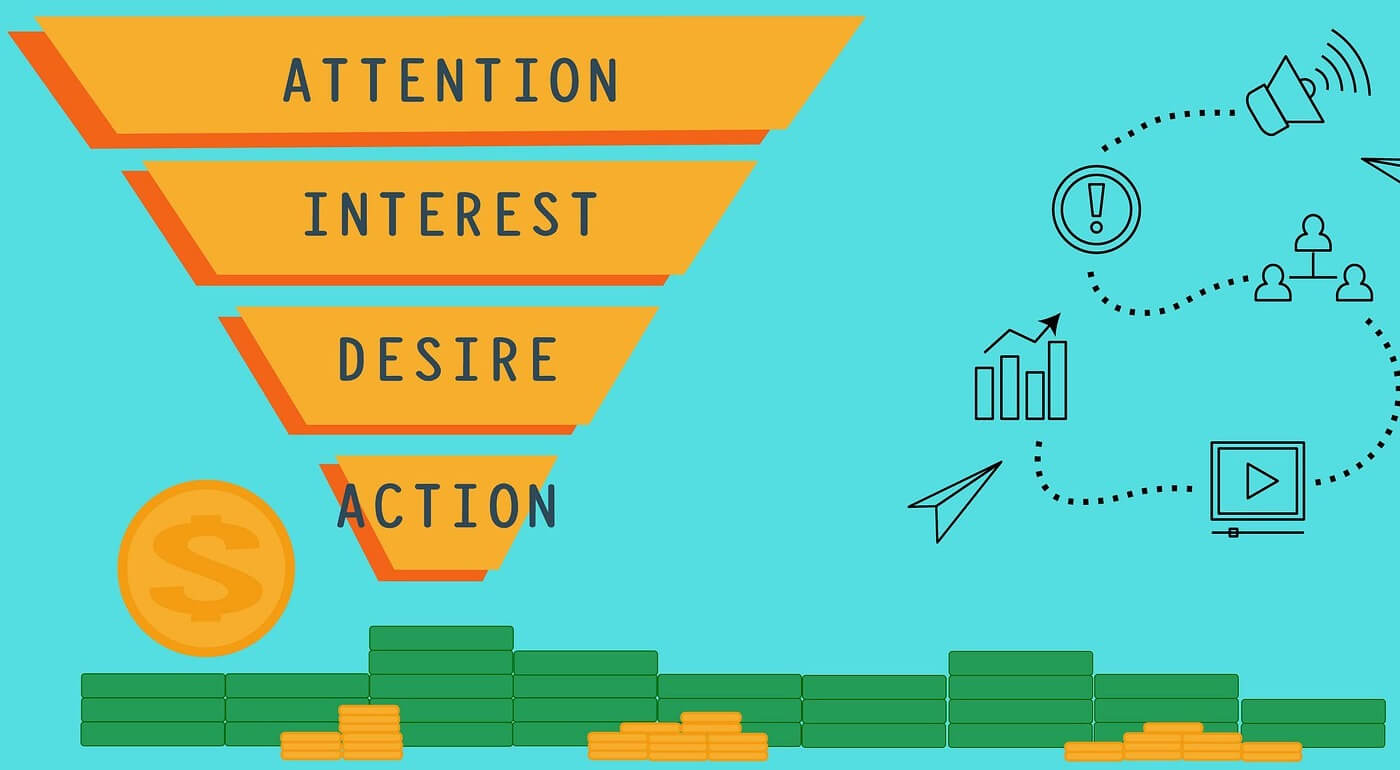
ATTRACTION
In this first phase, lead nurturing will be of great importance. The target audience must be captured. In this phase, it’s quite common to promote different types of content, including the possibility of leaving a lead. In exchange for this lead, users can be offered exclusive content.
In this way, we’ll be attracting the attention of users and attracting them with something that we have and that can offer them value.
INTEREST
In the second stage, there’ll be the users who in one way or another have shown interest in your brand. Within this group we identify the following users:
- People who’ve read an article on your website.
- People who’ve left a lead.
- People who’ve subscribed to the website's newsletter.
- People who follow your brand on the different social networks.
This phase is of vital importance, as it’ll depend on the decisions you make whether users move on to the next phase or lose interest in the brand and end up abandoning the purchase process.
To avoid the latter, you’ll need to hook potential customers with exclusive free content, purchase discounts or free gifts.
By giving them something that generates value, they’ll want to continue in the buying process and you’ll get them to move on to the next phase: desire. In this phase it will be KEY to apply a correct lead nurturing strategy.
DESIRE
Here you’ll find those people who’ve agreed to receive valuable content, discounts or gifts from the brand. In other words, all those users who’ve taken the bait by accepting a hook.
At this point, users will feel somewhat attached to your brand, so you’ll have to launch different sales campaigns.
In these campaigns you can apply different sales strategies. Among the most prominent are the tripwire, consisting of a single offer with a fictitious countdown.
ACTION
We've finally reached the final stage! In this fourth stage, there will be all those who’ve already made at least one purchase. You’ll need to follow up to identify how satisfied customers are with your brand.
Once this satisfaction has been identified, you can take action to try to get customers to make a repeat purchase. Some strategies that you can apply at this point are cross selling or up selling.
ARE LEAD NURTURING AND LEAD SCORING THE SAME?

While it’s true that there’s some debate between the use of one or the other strategy, the reality is that both strategies are perfectly complementary. In fact, I would go so far as to say that using these strategies together will achieve a high lead conversion rate.
Lead scoring classifies people who’ve left a lead according to the interest they may have in your brand's products or services. Lead nurturing, on the other hand, has the functionality to create campaigns to capture the interest of leads and move to the next stage of the sales funnel.
Therefore, it’s 100% recommendable to apply both strategies in your sales process, as we’re convinced that they’ll help you to generate a higher conversion.
BENEFITS OF LEAD NURTURING
If you’ve obtained leads for your brand, you’ll definitely be interested in managing them correctly through this strategy. We’ve already seen what it’s used for and how it’s applied. Do you want to know what its benefits are? Let's go!
- It’s a wonderful filter to identify those leads that are most likely to convert.
- It allows us to personalise the content sent to the leads, so that it adapts to the specific needs of each user.
- It allows us to adapt depending on the situation in which the lead is in the buying process.
- Multichannel strategy.
Perhaps you’ve started reading this article trying to find out what lead nurturing is. If you’ve come this far, we hope that you’ve learned more about this term and that you dare to implement it in your day-to-day sales processes.






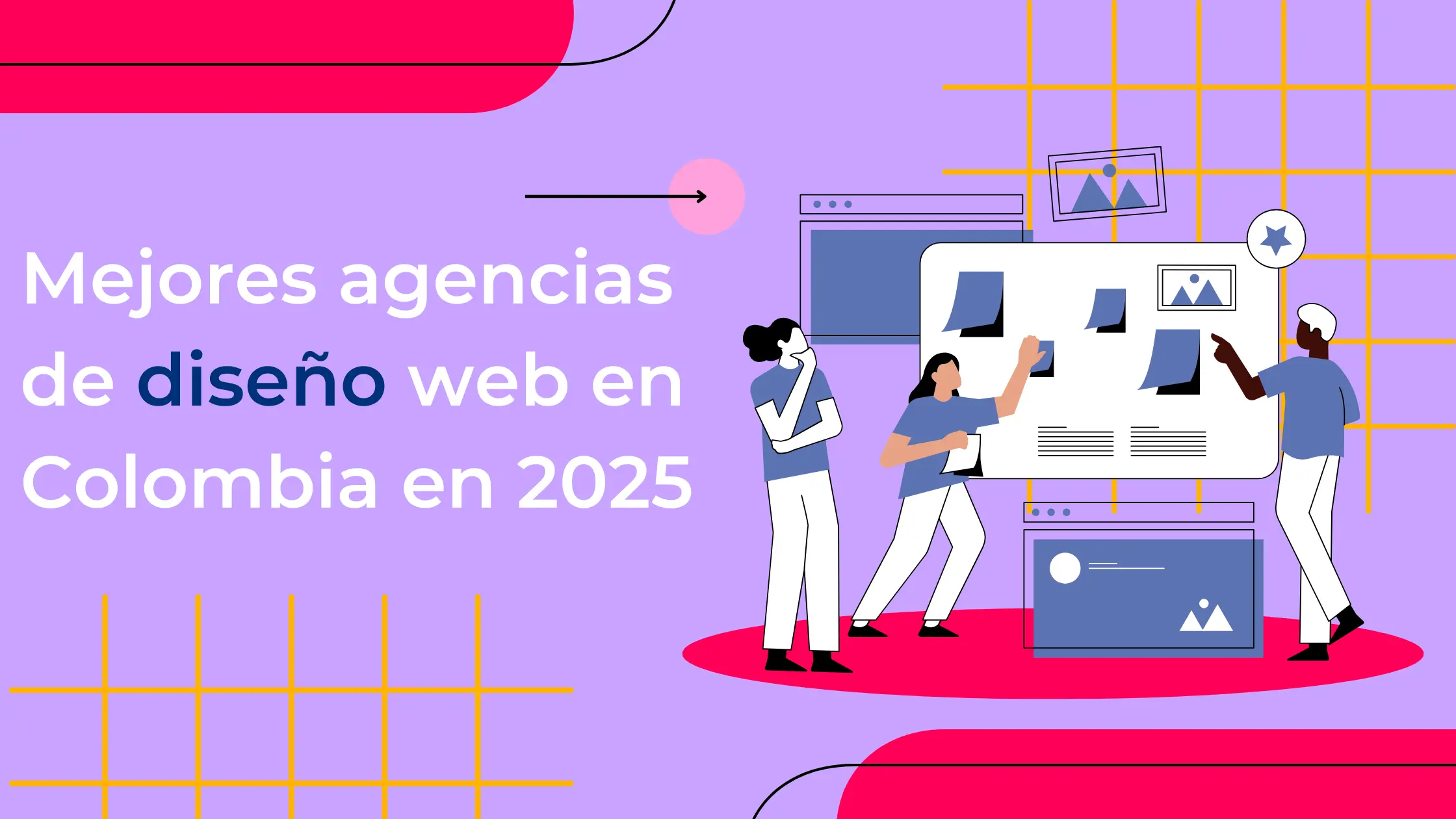
![Mejores agencias de desarrollo web en Chile [2025]](/cms/uploads/mejores_agencias_desarrollo_web_chile_2025-1200-swxn0q.png)
